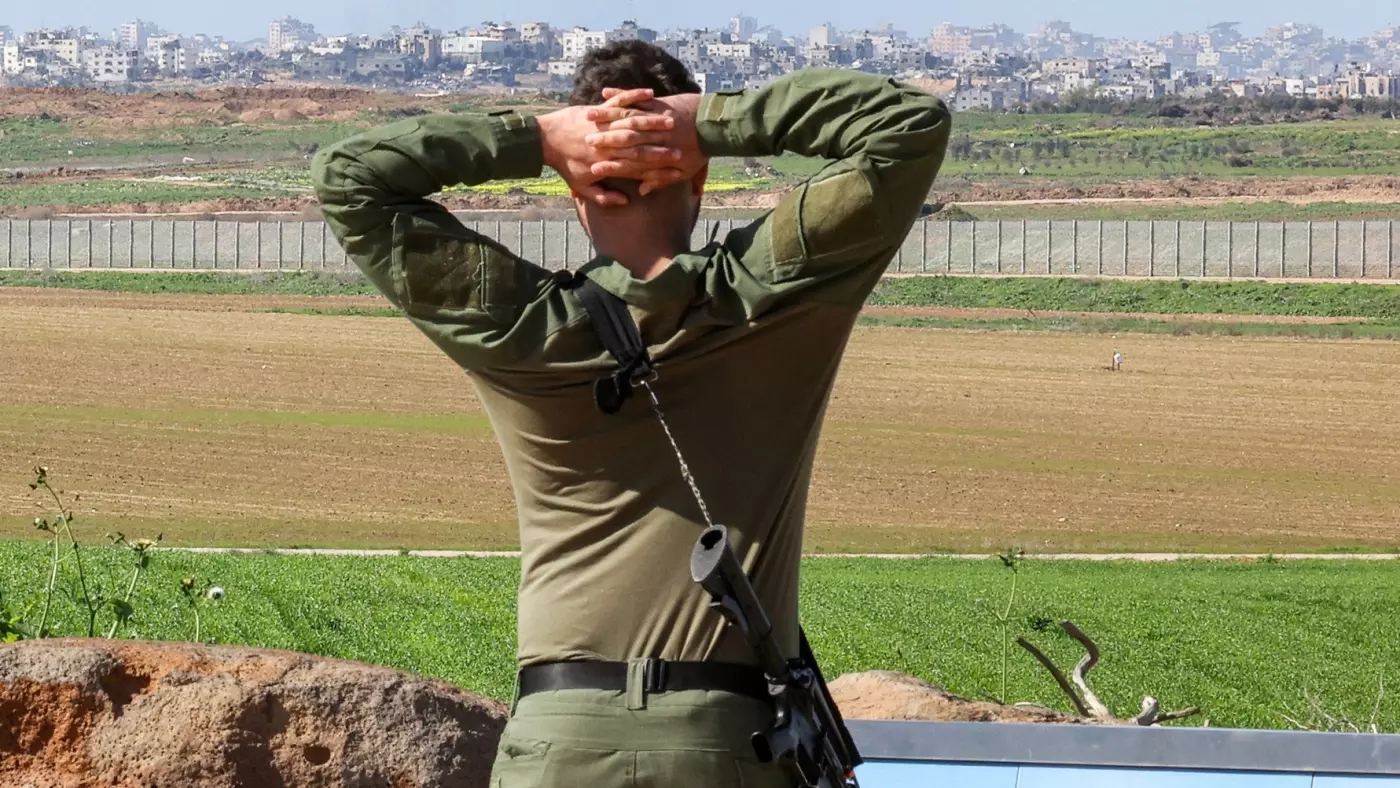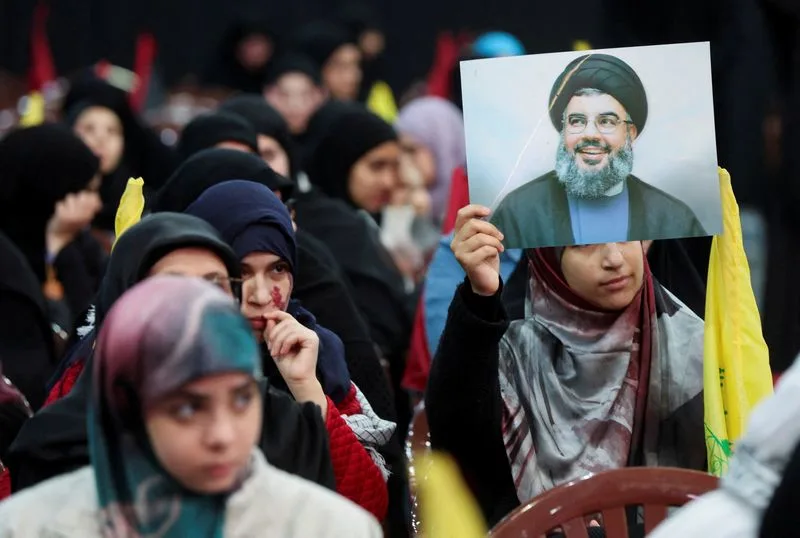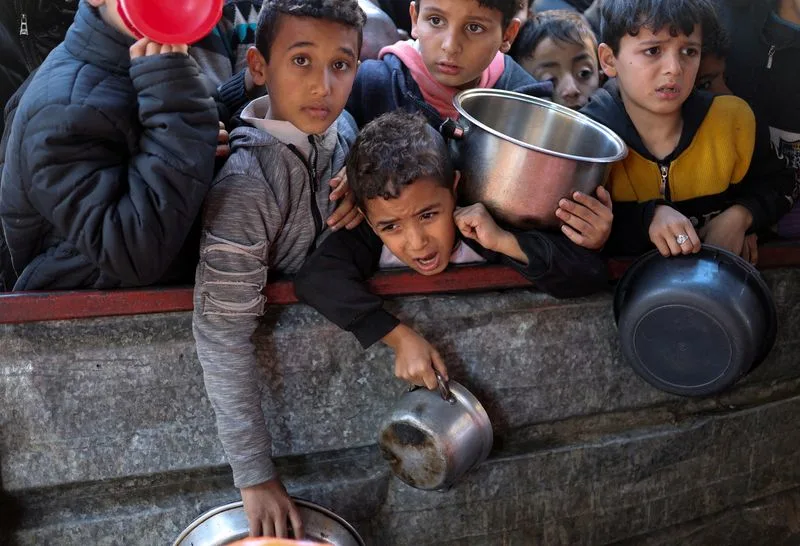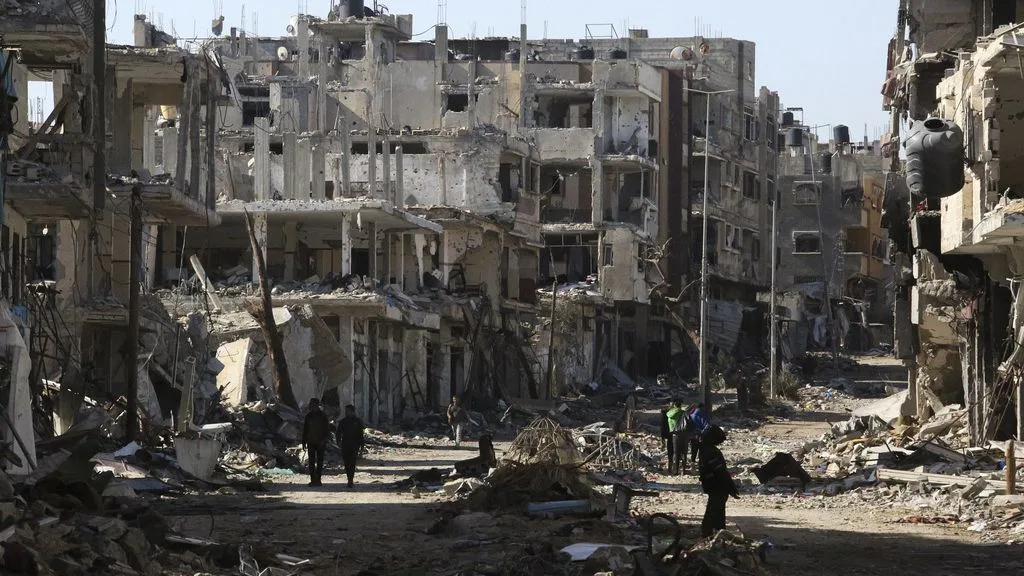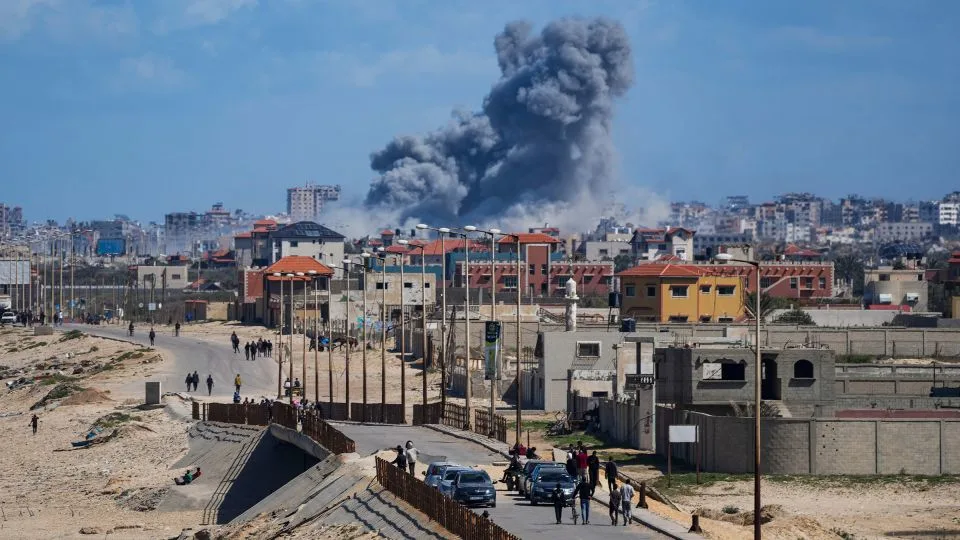Defense minister says information on Hamas used against it, as Hamas group maintains tough position for temporary truce amid upcoming Cairo talks, looming military op in Rafah.
Gallant spoke at a display made by the Military Intelligence Directorate’s so-called intelligence collection and technical spoils unit — known by its Hebrew acronym Amshat — which will be shown to government ministers on Sunday.
“You can see a small part of [what the IDF recovered] here — missiles, explosives, mines, many maps, communication devices, documents, computers, hard drives,” Gallant said.
“We penetrated into the heart of Hamas’s most sensitive places, and are using their intelligence against them,” he continued. “The more we deepen this operation, the closer we are to a realistic deal in order to return the hostages.”
Among the valuable pieces of intelligence gathered by the IDF were handwritten documents suspected to have been written by Hamas’s leader in Gaza, Yahya Sinwar, which were recently discovered in a tunnel he had been hiding in, Army Radio reported without citing a source.
Last week, Gallant said that IDF troops had “found significant materials in the places where he [Sinwar] had recently been,” but made no mention of handwritten documents.
The war erupted when Hamas-led terrorists stormed southern Israel on October 7 to kill nearly 1,200 people, mainly civilians, while taking 253 hostages of all ages, committing numerous atrocities, and weaponizing sexual violence on a mass scale.
As part of its response to a framework negotiated in Paris for a hostage deal, Hamas demanded Tuesday that Israel, among other things, release at least 1,500 Palestinian security prisoners, withdraw its troops fully from Gaza, eventually agree to a permanent ceasefire, and take steps to reduce its sovereignty on the Temple Mount — demands rejected by Prime Minister Benjamin Netanyahu as “delusional.”
According to reports by Axios and Channel 12, the war cabinet handed its response to Hamas’s proposals over to mediators, rejecting the demands for a troop withdrawal, allowing for the return of civilians to northern Gaza, a permanent ceasefire, and a large number of Palestinian security prisoner releases.
Israel will reportedly participate in talks hosted in Cairo and attended by the US and Qatar on Tuesday if those demands are softened. The war cabinet has also decided to draw up a response to Hamas’s counterproposal, Channel 12 news reported Saturday.
Egyptian officials said they warned Hamas that it must reach a hostage-for-ceasefire deal with Israel within two weeks, or the IDF will move into Gaza’s southernmost city of Rafah, The Wall Street Journal reported.
According to the report, Hamas would not budge on its demands in the face of Israeli threats.
With Netanyahu determined to complete the offensive, Hamas has threatened to “blow up” the hostage negotiations if troops enter the city, a senior Hamas leader was quoted as saying on Sunday by the terror group’s Aqsa TV channel.
Foreign governments, including Israel’s main ally the United States, and humanitarian organizations in particular have voiced deep concern about the effect of a push on Rafah on displaced civilians.
Over a million people — about half of Gaza’s total population — have crowded into Rafah, with many living outside or in tents where food, water, and medical supplies are increasingly scarce.
According to media reports, the Paris framework, which Israel has accepted as a basis for negotiations, envisioned a three-phase humanitarian pause, with 35 to 40 Israeli hostages — women, men older than 60, and those with serious medical conditions — released during the first six-week phase. Israeli soldiers and the bodies of killed hostages would be released in the second and third phases.
Details regarding the latter phases, as well as the number and identities of Palestinian security prisoners who would be released by Israel, were to be discussed in subsequent negotiations if the sides both agreed to the Paris proposal. Other reports presented different versions of the framework, which has not been officially published.
As the government continued to resist Hamas’s demands, hostages’ relatives and their supporters held nationwide protests Saturday night urging an immediate agreement, with some calling for elections amid mounting frustration with the government.
It is believed that 132 hostages abducted by Hamas on October 7 remain in Gaza — not all of them alive — after 105 civilians were released from Hamas captivity during a weeklong truce in late November. Four hostages were released prior to that, and one was rescued by troops. The bodies of eight hostages have also been recovered and three hostages were mistakenly killed by the military. One more person is listed as missing since October 7, and their fate is still unknown.
Hamas is also holding two Israeli civilians, Avera Mengistu and Hisham al-Sayed, who are both thought to be alive after entering the Strip of their own accord in 2014 and 2015, respectively, as well as the remains of fallen IDF soldiers Oron Shaul and Hadar Goldin since 2014.
AFP contributed to this report.

